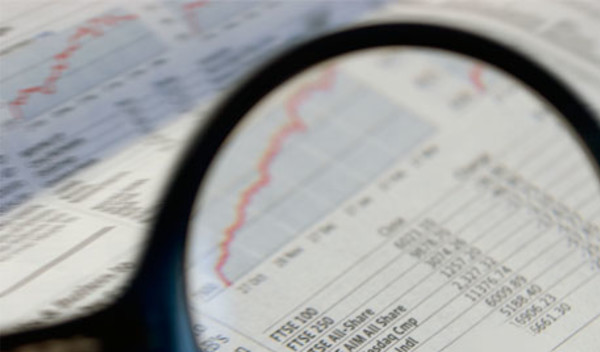

At the start of 2016, most investors were pretty miserable and the outlook was fairly negative. Markets were down, and there were major concerns over deflation and the ability of central banks to provide support to their economies if they needed it. But this backdrop provided the basis for the rally we have seen continue into the start of 2017. With commodity prices having reached a nadir in January, a recovery in mining was already well underway before the FTSE All Share had reached its bottom.
However, the UK market was primarily focused on the EU referendum and the majority of sectors were subdued. In the run-up to the Brexit vote, there were some big sell-offs in a number of sectors. The more domestically focused sectors bore the brunt with financials, consumer services and telecoms all suffering. But the poor performance of many sectors before the vote put them in a strong position for the rest of the year as lower valuations made them more attractive.
In the immediate aftermath of the EU referendum, there was a lot of volatility in stocks with large rotations between sectors. The two themes driving markets were the collapse in the value of the pound and concerns over the strength of the UK economy. Domestically focused companies sensitive to a weakening of the UK economy, particularly in the FTSE 250, dropped out of favour, and international businesses with strong US dollar earnings and little sensitively to the UK economy rallied.
Technology was the best performer in July as ARM Holdings became the first takeover following the vote. With it being by far the largest company in that sector, the offer from Softbank gave the performance of the sector overall a big shot in the arm. However, the sector has been amongst the worst performers since as the ARM takeover was completed.
Once the initial concerns over Brexit faded, the market did recover firstly led by those sectors that benefited most from the weak pound, in particular the oil and mining sectors. The former also benefited from a recovery of the oil price and improved outlook for the sector, with the latter had been recovering throughout the year. Healthcare also helped support the market as another sector with significant overseas earnings.
The rally following Brexit did begin to fade though as the market switched its focus onto the US presidential election. An increasingly bitter and acrimonious campaign led to markets slipping back. On the day of the result markets gave up all of the ground it made over the past two months.
However, as with the referendum result the reaction of markets surprised many as they chose to look to the positives. Even more surprising was the speed of the rebound. While the FTSE All Share initially recovered strongly the UK market was fairly flat for much of November as they digested the result and its implications.
As before, oil and gas and the mining sector were the main contributors of performance, but this time they had been joined by financial services – another large sector. These three have continued to drive the performance of the market as Trump has taken office.
The market expectations have focused on the return of inflation, rising interest rates and increased fiscal spending, which should benefit commodity producers. But the big theme behind this rally has been driven by the weak pound versus the strong dollar. Interestingly this seems to be the exception rather than the rule, as over the past 10 years a weak pound to the US dollar has often coincided with a weak UK stock market. Only in the last few months has the dollar and UK market risen in tandem. The chart below illustrates this perfectly. Since Trump’s election victory the FTSE All Share performance has been linked to the strength of the dollar versus the pound.
When compared to previous rallies in the UK market, there are a number of clear differences. In May 2012, markets were reeling from concerns over Greece possibly causing a collapse of the eurozone. Markets rallied to reach a new post financial crisis high, but it took a year to do so. The main drivers of the rally were technology, consumer services and financials. However, unlike the recent rally most sectors made a decent contribution to the overall market rise, with only the materials sector posting a small drop. Context is important when reviewing market performance, and here the scars of the financial crisis were still very fresh, consumer confidence was still weak and the banks were still vulnerable to sell-offs and scares.
In October 2015, markets initially plummeted as global growth fears, combined with an Ebola scare in the US, panicked markets. The recovery this time was a bit quicker, and by the end of April 2016 the markets had reached new highs in the UK. Technology was once again the best-performing sector, followed by consumer services. The performance was less spread out than in 2012, but was nowhere near as concentrated as we have seen over the last few months.
The speed and extent of this most recent rally has caught many investors unaware. In recent years, only the rebound in markets following the financial crisis has been quicker, and that was from very depressed levels and the rally was nowhere near as steep. After nearly eight years of quantitative easing and central bankers guiding markets, a different story has begun to restore investor confidence and this has led to the fastest rally in recent years.
Adrian Lowcock is investment director of Architas
Key points
There was a lot of volatility in stocks in the immediate aftermath of the EU referendum.
Once the initial concerns over Brexit faded the market did recover.
Oil and gas and mining have continued to drive the performance of the market as Donald Trump has taken office.



